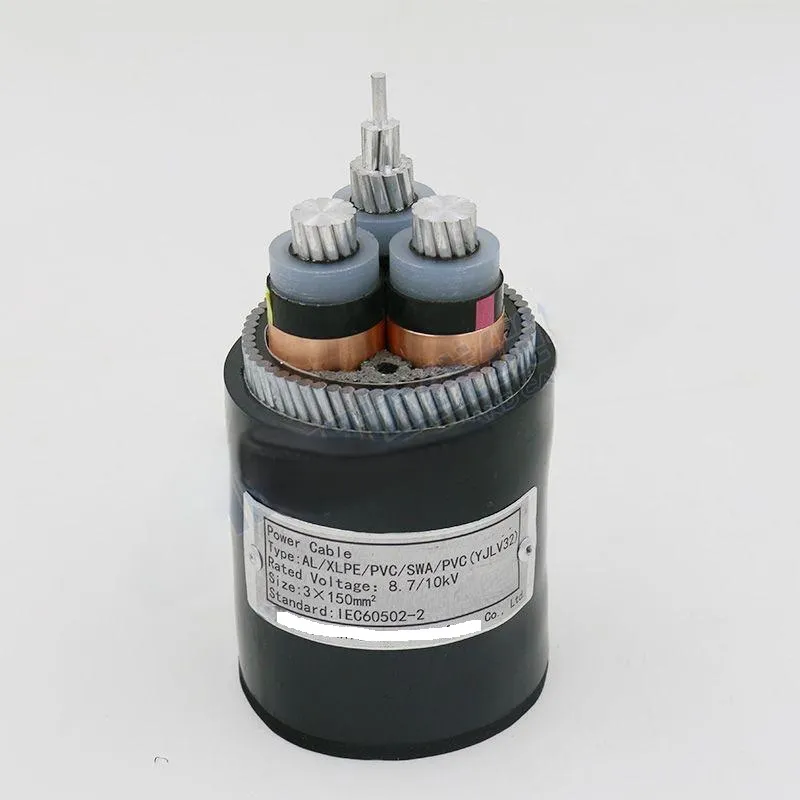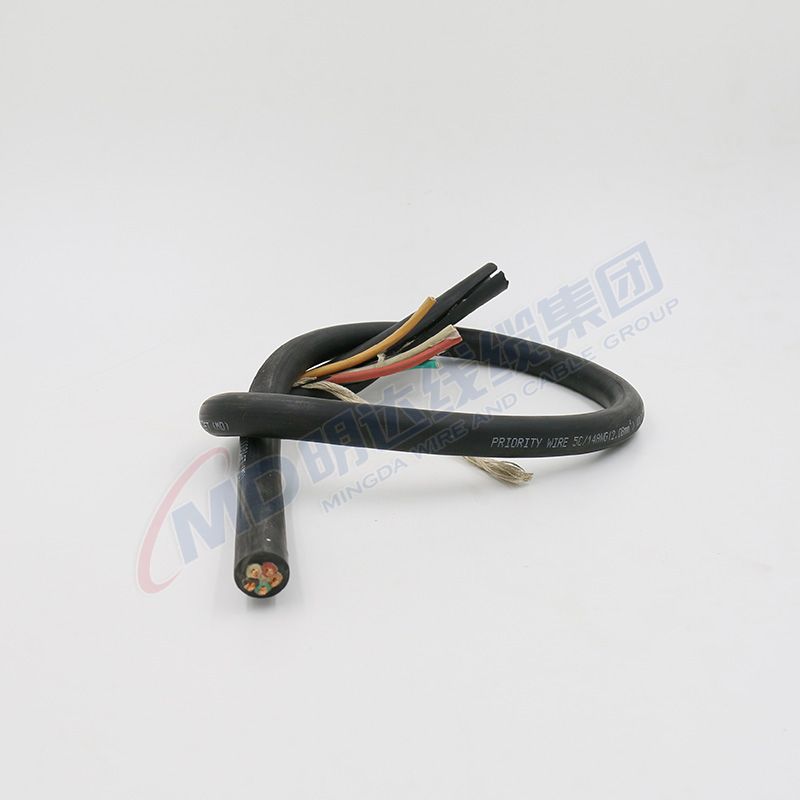ജൂണ് . 09, 2025 19:01 Back to list
Premium Butterfly Valve Pipe - Durable & Fast Flow Control
- Introduction to industrial flow control solutions
- Technical specifications and pressure performance data
- Material durability comparison table
- Top manufacturers and performance benchmarks
- Industry-specific customization options
- Application case studies with efficiency metrics
- Implementation guidelines and selection checklist

(butterfly valve pipe)
Understanding Butterfly Valve Pipe Systems
Butterfly valves integrated within pipeline networks provide essential flow regulation across industrial environments. The fundamental design features a circular disc mounted on a rotating shaft that provides precise fluid control with a quarter-turn mechanism. These valves deliver notable advantages over gate and globe alternatives through their compact configuration and reduced weight, requiring significantly less installation space. Current market data indicates a 12.3% annual growth in butterfly valve adoption within water treatment and chemical processing infrastructure.
Engineering Specifications
Performance characteristics differentiate superior butterfly valve pipe
configurations. Pressure handling capabilities range from standard 150 PSI models to high-pressure variants rated for 750 PSI in specialized petroleum applications. Temperature tolerance spans -40°F to 650°F depending on sealing materials, while flow coefficients (Cv) typically measure between 250-15,000 across valve sizes from 2-inch to 120-inch diameters. The wafer-style design offers particular installation advantages, allowing direct flange mounting without requiring pipe thread modifications. Recent computational fluid dynamics testing demonstrates optimized disc geometries reduce flow restriction by 18-22% compared to traditional designs, directly translating to energy savings in high-volume systems.
Material Composition Analysis
| Material | Pressure Rating | Chemical Resistance | Lifespan (Years) | Temperature Range |
|---|---|---|---|---|
| Stainless Steel 316 | 600 PSI | Excellent | 25-30 | -20°F to 600°F |
| Ductile Iron | 250 PSI | Moderate | 15-20 | -10°F to 400°F |
| PVC-U | 150 PSI | Superior | 10-15 | 32°F to 140°F |
| Epoxy-Coated Carbon | 300 PSI | Good | 12-18 | -30°F to 450°F |
Material selection directly influences valve durability and compatibility. PVC butterfly valves demonstrate exceptional resistance to corrosive media with zero chemical degradation in pH environments between 3-11. Metallic configurations like stainless steel provide structural integrity for high-pressure steam applications exceeding 500°F. Recent polymer innovations have extended the service life of thermoplastic valves by 40% through molecular reinforcement technologies.
Manufacturer Performance Comparison
Leading suppliers deliver differentiated value propositions. AVK Holdings maintains 23% market share through ISO 5211 compliant actuators with failure rates below 0.3%. Tyco Flow Control's triple-offset designs provide bubble-tight shutoff at pressures up to 1,480 PSI. Emerson's Electric ACTUATOR Series guarantees 250,000 duty cycles without maintenance. Independent testing confirms DeZurik valves reduce torque requirements by 15-18% through proprietary disc edge profiling, translating to smaller actuator sizing and 8-10% energy reduction in automated systems.
Customized Application Solutions
Butterfly valve configurations adapt to specialized operational demands. Water treatment installations increasingly specify resilient-seated valves with NSF-61 certification for potable systems. For abrasive slurry transport, tungsten carbide coating extends disc edge durability by 300%. Cryogenic applications incorporate extended bonnet designs maintaining functionality at -320°F. Recent pharmaceutical industry demands have driven development of crevice-free designs with electropolished surfaces achieving Ra≤15 μin finishes to meet cGMP standards.
Field Implementation Case Studies
Wastewater Treatment Upgrade: Milwaukee Metropolitan Sewerage District replaced 84 gate valves with lug-style butterfly configurations, achieving 92% maintenance reduction and eliminating annual seal replacements. Installation required just 30% of original timeline due to simplified flange arrangements.
Chemical Processing Facility: BASF leveraged triple offset stainless steel valves in sulfuric acid transfer lines. Annual leakage rates dropped below 2 PPM, yielding $185,000 in chemical recovery savings. Double-block-and-bleed configurations enabled isolation without complete system shutdowns.
Power Generation: Southern Company implemented fire-safe design valves meeting API 607 standards in cooling water systems. Accelerated closure technology reduced emergency shutdown duration by 40 seconds per incident, estimated to prevent $700,000 in turbine damage annually.
Butterfly Valve Pipe Implementation Protocol
Proper installation and maintenance ensure operational longevity. Installation requires verified pipe alignment within 0.5 degrees angular deviation to prevent disc binding. Actuator sizing must exceed calculated torque requirements by 25% safety margin. Quarterly inspections should verify elastomer integrity through stem displacement measurements not exceeding 0.003 inches. Current industry standards mandate compliance with MSS SP-68 for high-pressure systems and API 609 for petroleum applications. Preventative maintenance programs extend mean time between failures to 80,000+ operational hours according to Fluid Controls Institute data.

(butterfly valve pipe)
FAQS on butterfly valve pipe
Q: What is a butterfly valve pipe?
A: A butterfly valve pipe refers to a fluid system utilizing butterfly valves to regulate flow. These valves feature a rotating disc that opens/closes with a quarter-turn mechanism for quick shutoff. They're popular in industrial pipelines due to their compact design.
Q: How does a pipe butterfly valve work?
A: A pipe butterfly valve operates by rotating a circular disc inside the pipeline perpendicular to the flow. When aligned parallel to the flow (open position), it permits fluid passage. Rotated 90 degrees to the pipe direction, it creates a seal to block flow completely.
Q: Can PVC pipe one-way valves function like butterfly valves?
A: No, PVC pipe one-way valves (check valves) exclusively prevent backflow through automatic sealing when flow reverses. Unlike manually controlled butterfly valves, they lack disc rotation for bidirectional flow regulation and require no human intervention.
Q: Where are butterfly valve pipe systems commonly applied?
A: Butterfly valve pipes are widely used in water treatment plants, chemical processing, and HVAC systems. Their leak-tight sealing suits both low-pressure plumbing and corrosive environments when using PVC materials. Efficient flow control makes them ideal for large-diameter pipes.
Q: Why choose PVC butterfly valves over metal alternatives?
A: PVC pipe butterfly valves offer superior corrosion resistance for acidic fluids, saltwater, or chemicals at lower temperatures. They’re lighter and more cost-effective than metal options while maintaining zero-leak performance. However, they’re unsuitable for high-heat applications exceeding 140°F (60°C).
Share
-
Reliable Wafer Type Butterfly Valves for Every IndustryNewsJul.25,2025
-
Reliable Flow Control Begins with the Right Ball Check ValveNewsJul.25,2025
-
Precision Flow Control Starts with Quality ValvesNewsJul.25,2025
-
Industrial Flow Control ReliabilityNewsJul.25,2025
-
Engineered for Efficiency Gate Valves That Power Industrial PerformanceNewsJul.25,2025
-
Empowering Infrastructure Through Quality ManufacturingNewsJul.25,2025